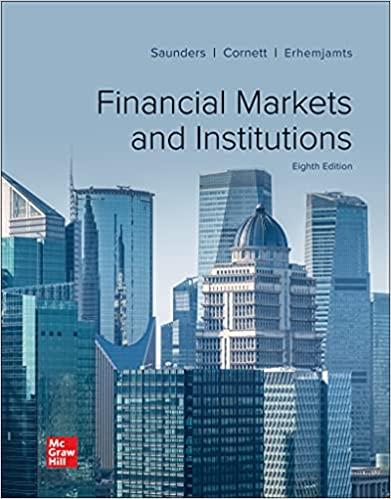
Problem 22-12 A firm has the following investment alternatives. Each one lasts a year. B Investment Cash inflow Cash outflow 444 $1,035 $900 476 400 400 The firm's cost of capital is 10 percent. A and B are mutually exclusive, and and Care mutually exclusive. a. What is the net present value of investment A? Investment B? Investment C? Use Appendix B to answer the questions. Use a minus sign to enter negative values, if any. Round your answers to the nearest cent. A: $ B: $ C: $ b. What is the internal rate on investment A? Investment B? Investment C? Round your answers to the nearest whole number. A: % B: % C: % c. Which investment(s) should the firm make? The firm should make investment(s)-Select- d. If the firm had unlimited sources of funds, which investment(s) should it make? The firm should make investment(s) -Select- e. If there were another alternative, investment D, with an internal rate of return of 9 percent, which investment(s) should the firm make? The firm should make investment(s) -Select- f. If the firm's cost of capital rose to 12 percent, what effect would that have on investment A's internal rate of return? Round your answer to the nearest whole number. If the cost of capital rises to 12 percent, the internal rate of return of investment A -Select- %. Problem 22-12 A firm has the following investment alternatives. Each one lasts a year. B Investment Cash inflow Cash outflow 444 $1,035 $900 476 400 400 The firm's cost of capital is 10 percent. A and B are mutually exclusive, and and Care mutually exclusive. a. What is the net present value of investment A? Investment B? Investment C? Use Appendix B to answer the questions. Use a minus sign to enter negative values, if any. Round your answers to the nearest cent. A: $ B: $ C: $ b. What is the internal rate on investment A? Investment B? Investment C? Round your answers to the nearest whole number. A: % B: % C: % c. Which investment(s) should the firm make? The firm should make investment(s)-Select- d. If the firm had unlimited sources of funds, which investment(s) should it make? The firm should make investment(s) -Select- e. If there were another alternative, investment D, with an internal rate of return of 9 percent, which investment(s) should the firm make? The firm should make investment(s) -Select- f. If the firm's cost of capital rose to 12 percent, what effect would that have on investment A's internal rate of return? Round your answer to the nearest whole number. If the cost of capital rises to 12 percent, the internal rate of return of investment A -Select- %







